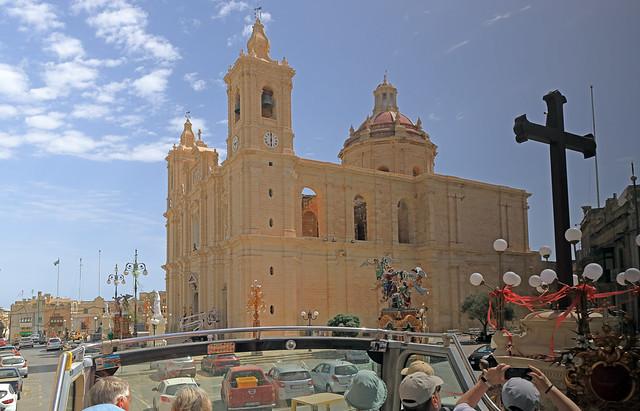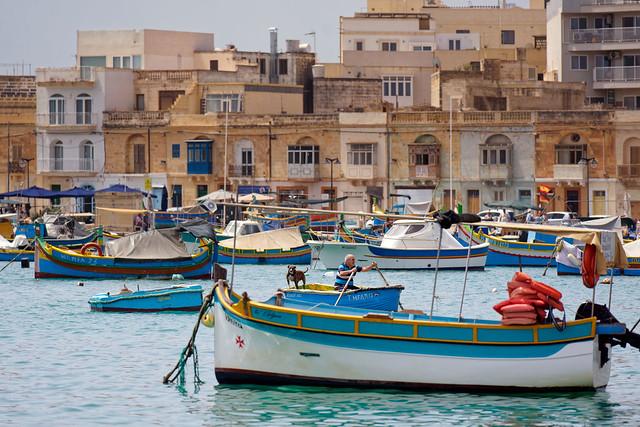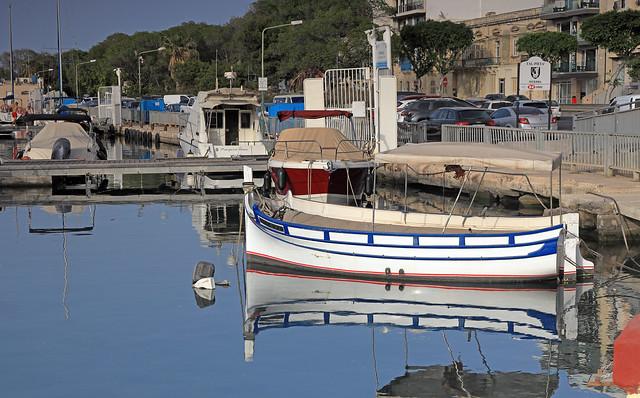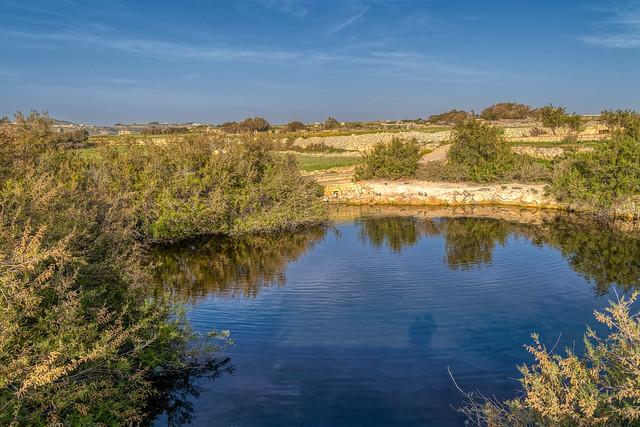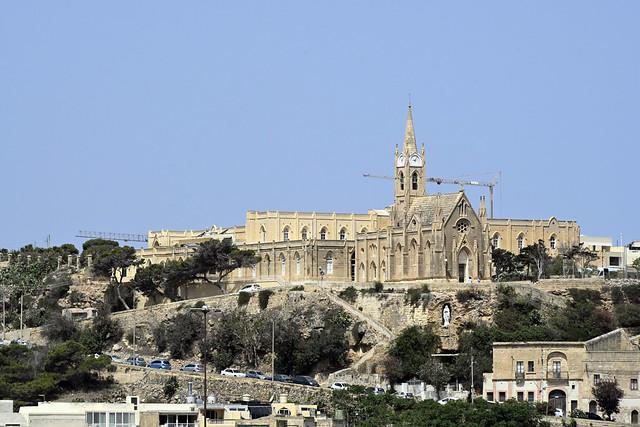Żejtun
Overview
Historical Significance
Żejtun, one of the oldest towns in Malta, is steeped in rich history that dates back to the Roman period. Originally known as "Cetus," it has played a significant role throughout various epochs, including the Arab period and the Knights of St. John. The town features a blend of architectural styles, with many of its buildings reflecting the Baroque influence that flourished during the 17th and 18th centuries. Notable historical sites include the Church of St. Catherine, which boasts impressive frescoes and grand altarpieces, and the Palazzo de la Salle, a historical residence that showcases the noble heritage of the area.
Cultural Atmosphere
The atmosphere in Żejtun is vibrant yet relaxed, making it an ideal destination for travelers seeking an authentic Maltese experience. The town is adorned with charming narrow streets, typical of Maltese architecture, lined with traditional balconies and colorful doors. Locals are known for their hospitality, often welcoming visitors with warm smiles and inviting gestures. The cultural calendar is lively, featuring local feasts such as the Feast of St. Catherine in late November, where the streets come alive with music, processions, and fireworks, showcasing the community’s deep-rooted traditions and religious fervor.
Local Characteristics
Žejtun is also characterized by its agricultural landscape, which sets it apart from the more urbanized areas of Malta. The surrounding countryside is dotted with vineyards, olive groves, and traditional farms, contributing to the local economy and culinary heritage. The town is famous for its Žejtun olives and local wine, which are often featured in traditional Maltese dishes. Dining in Żejtun offers a delightful experience; visitors can enjoy authentic Maltese cuisine in local eateries, where dishes like rabbit stew and pastizzi are served with a side of local wine, providing a true taste of the island.
Art and Craftsmanship
Art and craftsmanship thrive in Żejtun, with local artisans contributing to its cultural tapestry. The town is known for its intricate stone carvings and ceramics, often reflecting the deep-rooted traditions of Maltese craftsmanship. Galleries and workshops can be found throughout the town, where travelers can witness artisans at work or purchase unique handcrafted souvenirs. This dedication to preserving traditional crafts not only supports the local economy but also enriches the cultural experience for visitors looking to take home a piece of Malta.
Natural Beauty
In addition to its historical and cultural offerings, Żejtun is close to stunning natural landscapes. The nearby coastline features breathtaking cliffs, hidden coves, and the tranquil waters of the Mediterranean. A short distance from the town lies St. Thomas Bay, a popular spot for swimming, sunbathing, and enjoying a leisurely day by the sea. Nature lovers will also appreciate the lush countryside surrounding the town, perfect for hiking and exploring Malta’s rich biodiversity, including colorful wildflowers and unique bird species.
Conclusion
With its blend of history, culture, and natural beauty, Żejtun offers a unique insight into the heart of Malta. Travelers will find themselves enchanted by the town's charm, its welcoming atmosphere, and the warmth of its people. Whether you are wandering through its historic streets, savoring local delicacies, or exploring the stunning landscapes, Żejtun promises an unforgettable experience that captures the essence of the Maltese islands.
How It Becomes to This
History not available
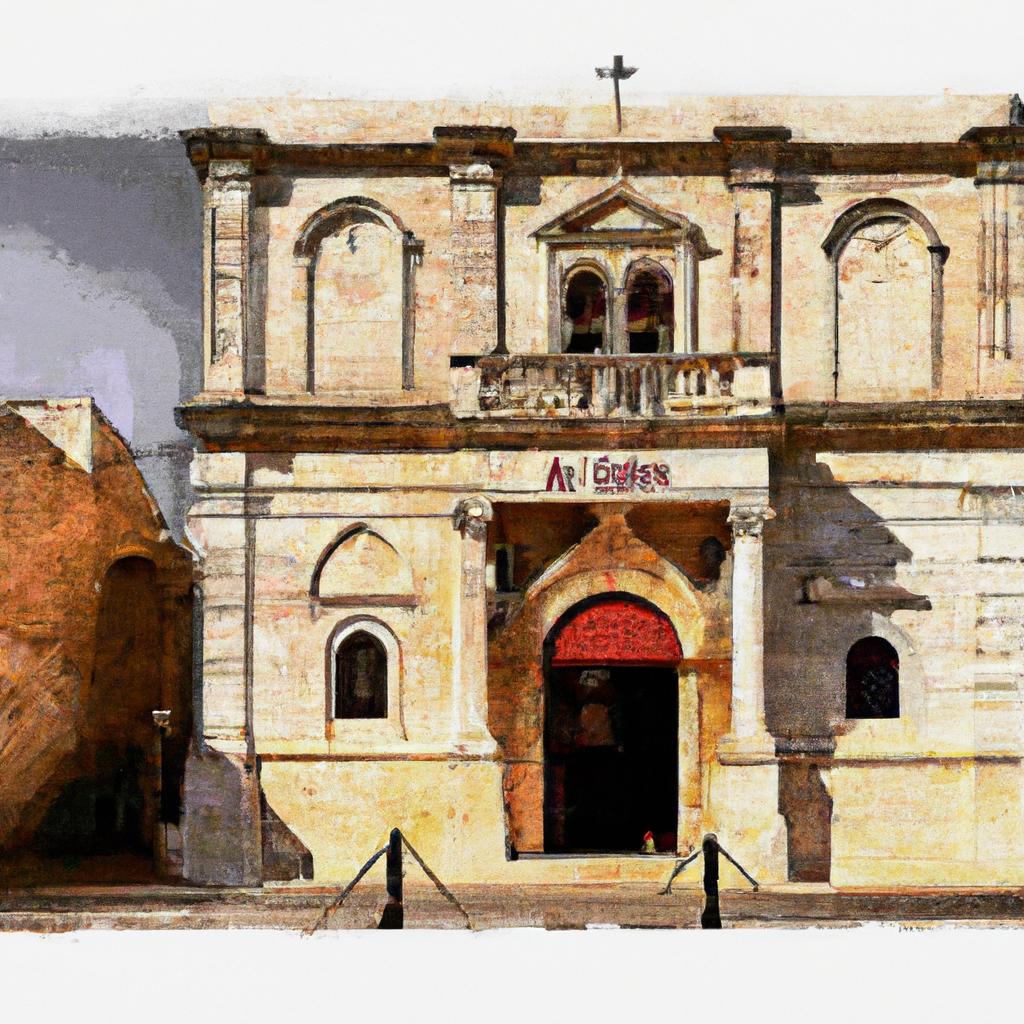
You May Like
Explore other interesting states in Malta
Discover More Area
Delve into more destinations within this state and uncover hidden gems.




